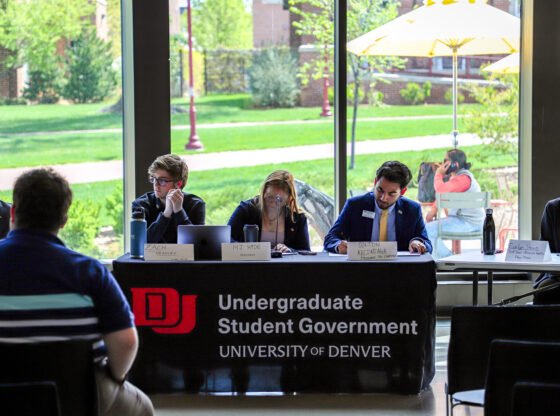Over the last week, the Ukrainian military has retaken approximately 6000 square kilometers in an extensive counteroffensive operation spanning the Northeast and Southern regions of the country. Ukrainian armed forces liberated critical areas such as Izium, a railroad hub, and the entire province of Kharkiv with a combination of mechanized infantry, tanks, artillery and special operations units.
According to the UK Ministry of Defence, the counteroffensive caught Russian troops off guard and, as a result, forced them to abandon “high-value equipment” in many areas. Attributing their hasty retreat to high casualties, low morale and command breakdown, NATO partners credited the operation to superior Ukrainian planning and a decentralized command structure, enabling quick decision-making by frontline units.
Russia continues to maintain a presence in Luhansk and parts of Donetsk, as well as Kherson and Mariupol by the Black Sea. However, on the Russian homefront, pro-Kremlin loyalists were angered by news of the counteroffensive. Putin has maintained a tight public message on the Ukraine War, tactically labeling it a ‘special military operation’ and refusing to enact a conscription mandate in an attempt to maintain a sense of normalcy.
According to a New York Times report, 40 Russian elected officials signed a petition demanding Putin resign. In response to heightened criticism by his closest internal allies, Putin insisted the ‘special military operation’ will continue according to plan. The Kremlin framed the situation as a ‘regrouping’ tactic, according to the Institute for the Study of War, mirroring the announcement following Russian troop retreat from Kyiv in spring 2022.
The liberated towns now face an extensive rebuilding process, with winter conditions rapidly approaching. Aside from reestablishing central infrastructure, Ukrainian officials are concurrently investigating potential war crimes, including reports of torture at the Balakliia jail.
As an emerging development on Sept. 16, police officials indicated a mass burial grave was found in the forest outside of Izium. Of the 455 graves found, only 17 were Ukrainian soldiers; the rest are believed to be civilians. Many of the recovered bodies show initial signs of torture, whereas others appeared to have died from mines or artillery fire. Similar war crime investigations are ongoing in Bucha and Mariupol.
The counteroffensive has been a result of continued collaboration between Ukraine and NATO member states. Operational planning began early summer in coordination with the United States. As an intelligence advising collective, NATO forces and American military leadership simulated several proposed Ukrainian plans, taking into account approaching winter conditions, varying Russian troop capabilities and available weaponry systems.
One of the key contributions to Ukraine’s recent success has been the utilization of United Kingdom and the United States’ intelligence and weaponry. High Mobility Artillery Rocket Systems (HIMARS) have destroyed hundreds of Russian ammunition depots and command posts while High-Speed Anti-Radiation missiles (HARM missiles) launched from Ukrainian fighter jets have leveled Russian radars, giving greater leeway for the Ukrainian air force to function.
Ukraine has asked for additional missile systems with further range capacity, hoping continual air bombardment will help to aid their advancement strategy. The Russian Foreign Ministry said on Sept. 15 that if the US supplies longer-range capacity missiles, it would be viewed as “a party to the conflict.”
These are just two examples of the weaponry that have been supplied by the approximate 14.5 billion dollars in military aid from the United States. From Jan. 24 to Aug. 3, Poland was the second largest contributor of military aid to Ukraine, primarily supplying Warsaw-Pact designed tanks as part of the 1.8 billion dollar package.
While less progress has been made in the south of the country around the city of Kherson, partisan activity remains prevalent there as well as in areas around Melitopol in the Zaporizhzhya Oblast, east of Kherson, according to the Institute for the Study of War (ISW).
Partisans in these regions have assassinated pro-Russian collaborators and officials in occupied cities while also passing on information to Ukrainian military officials. Milder forms of resistance have come in the form of spreading anti-Russia flyers in occupied towns or holding non-violent protests.
Partisan activity plus further advancement into Russian-held territory in the Kherson Oblast has prevented Russia from holding a referendum on the annexation of the region into the Russian federation for the time being.











